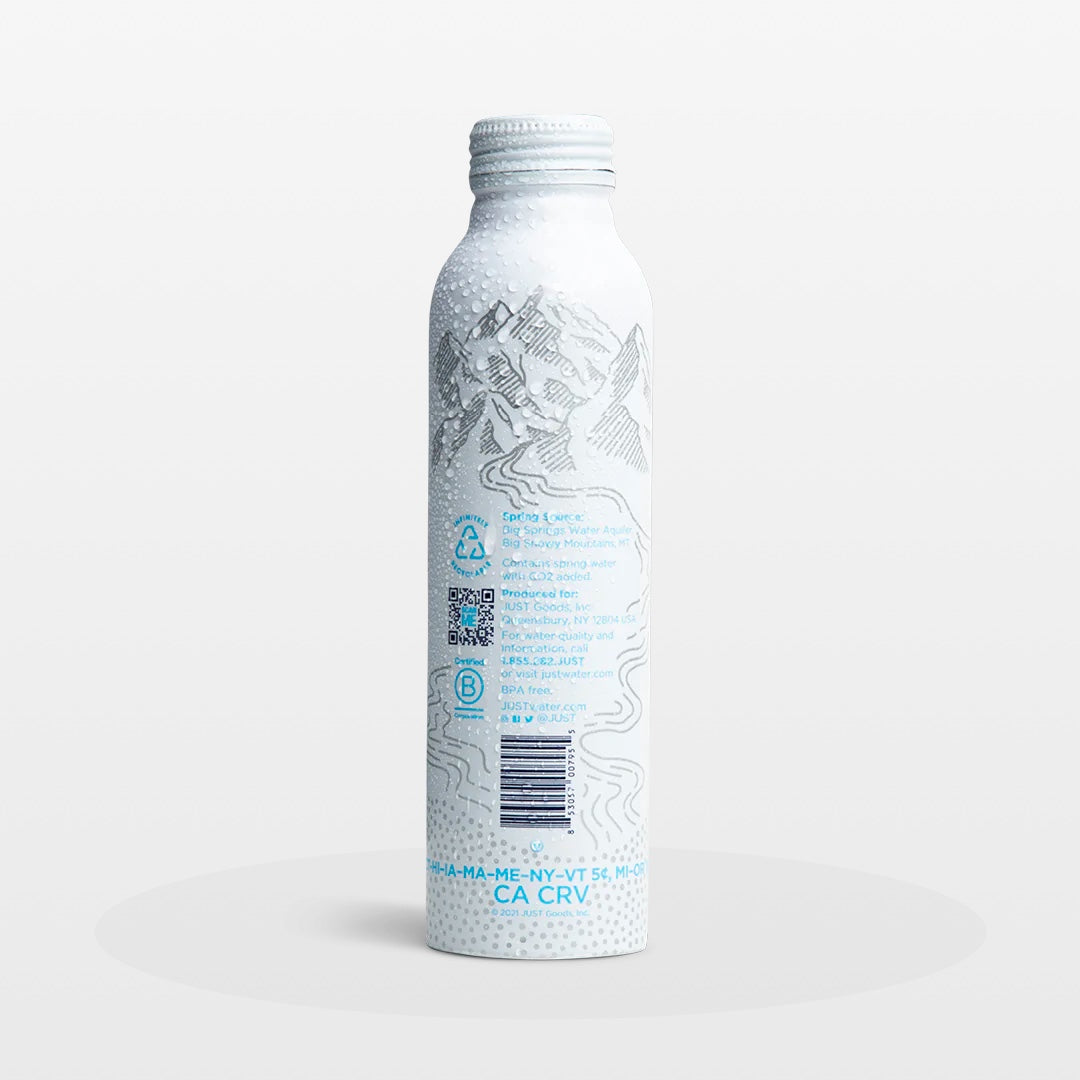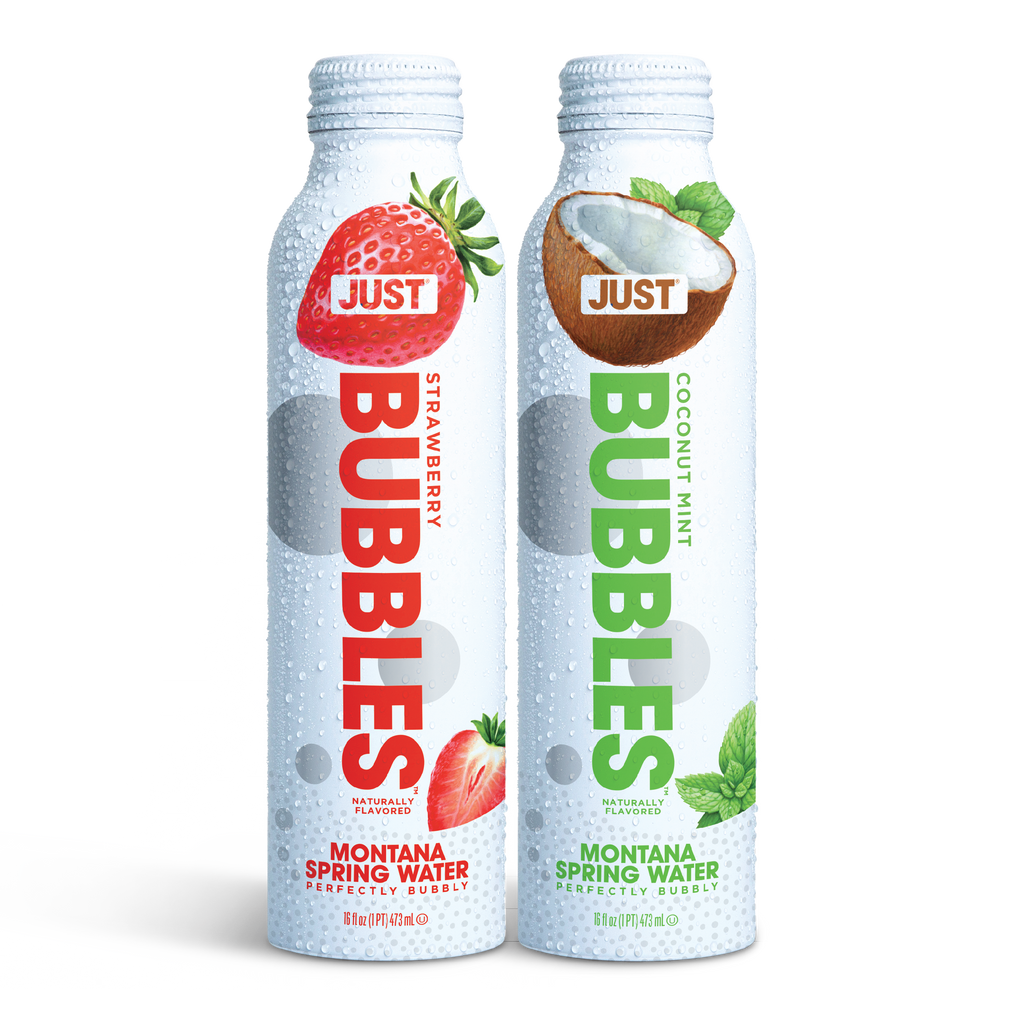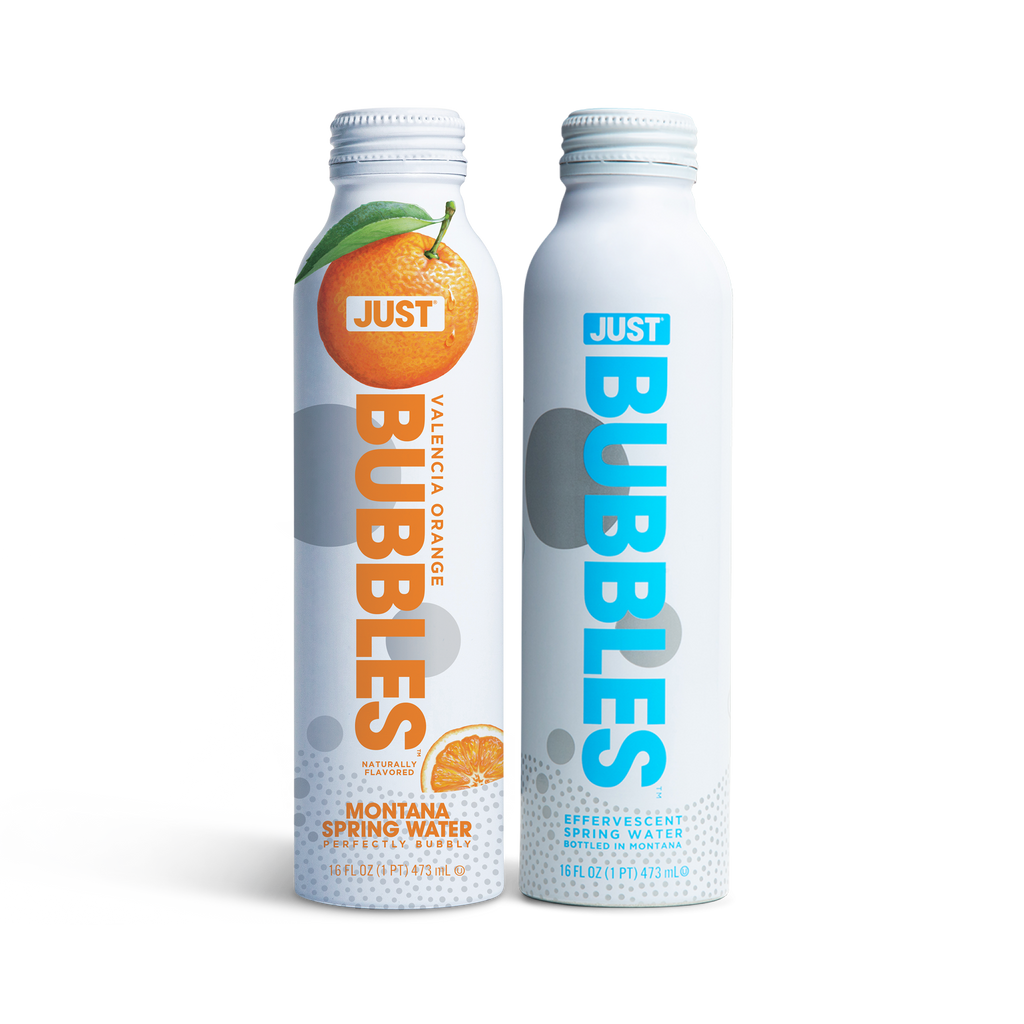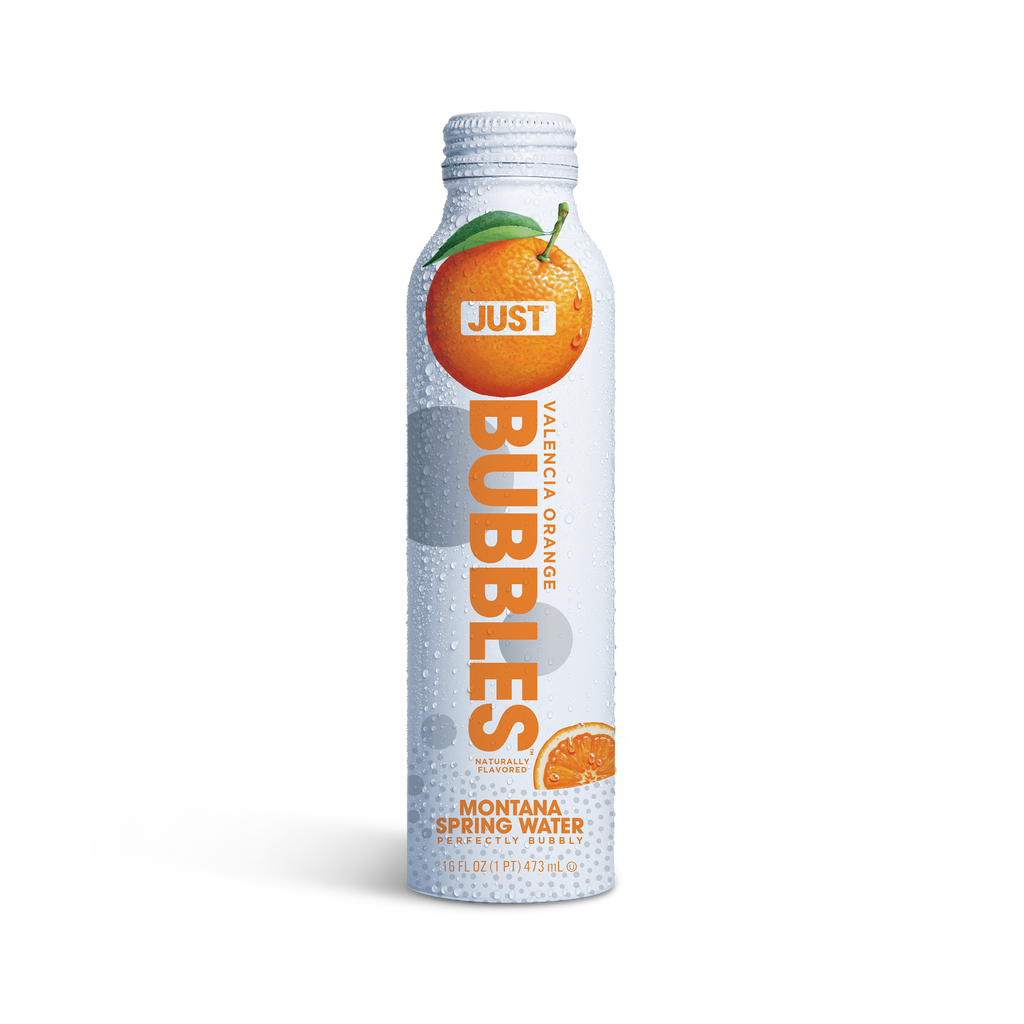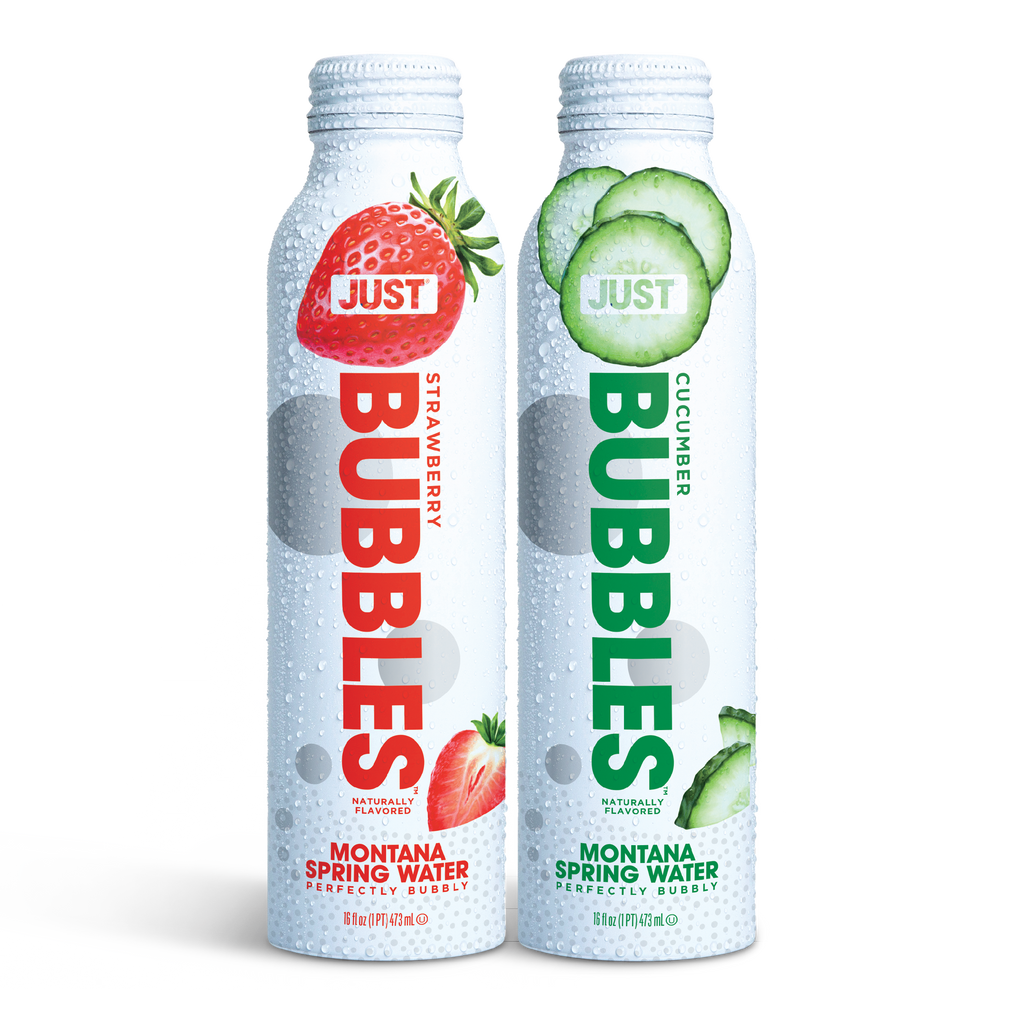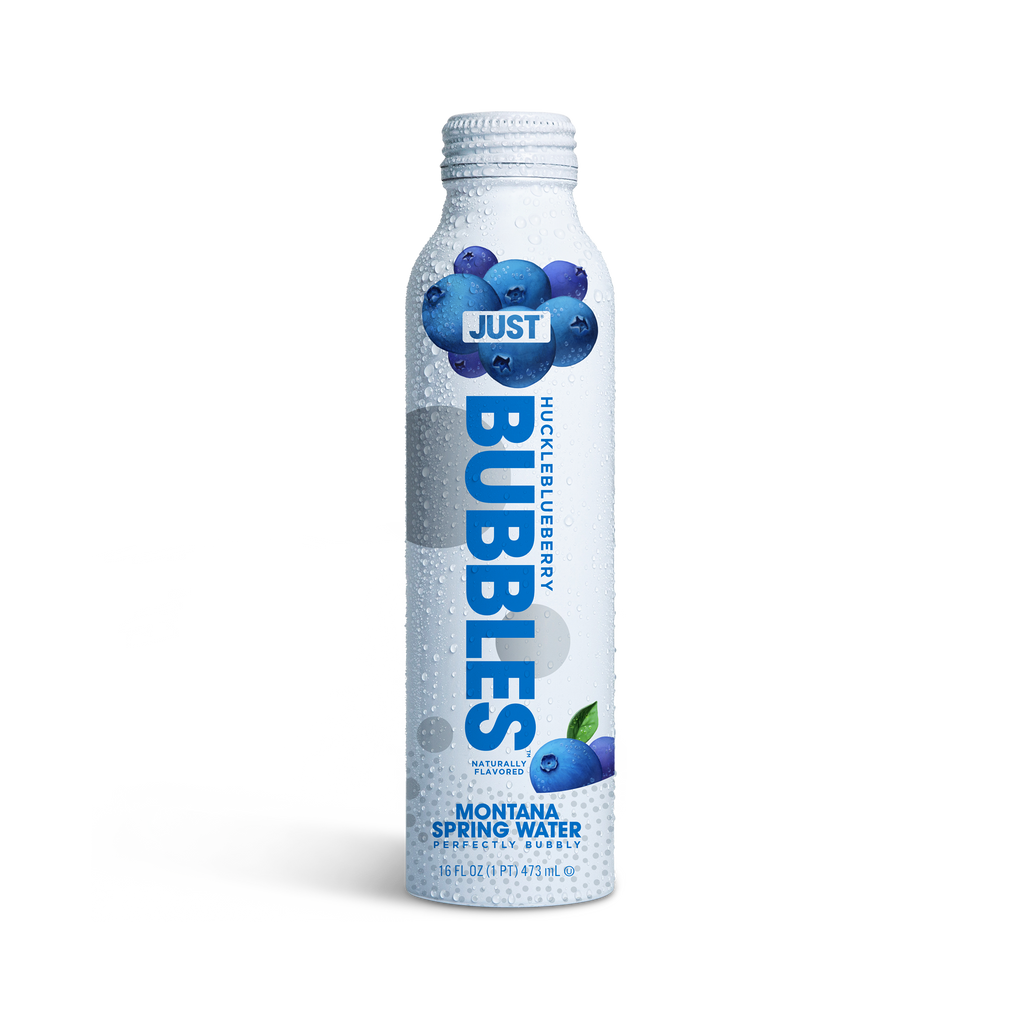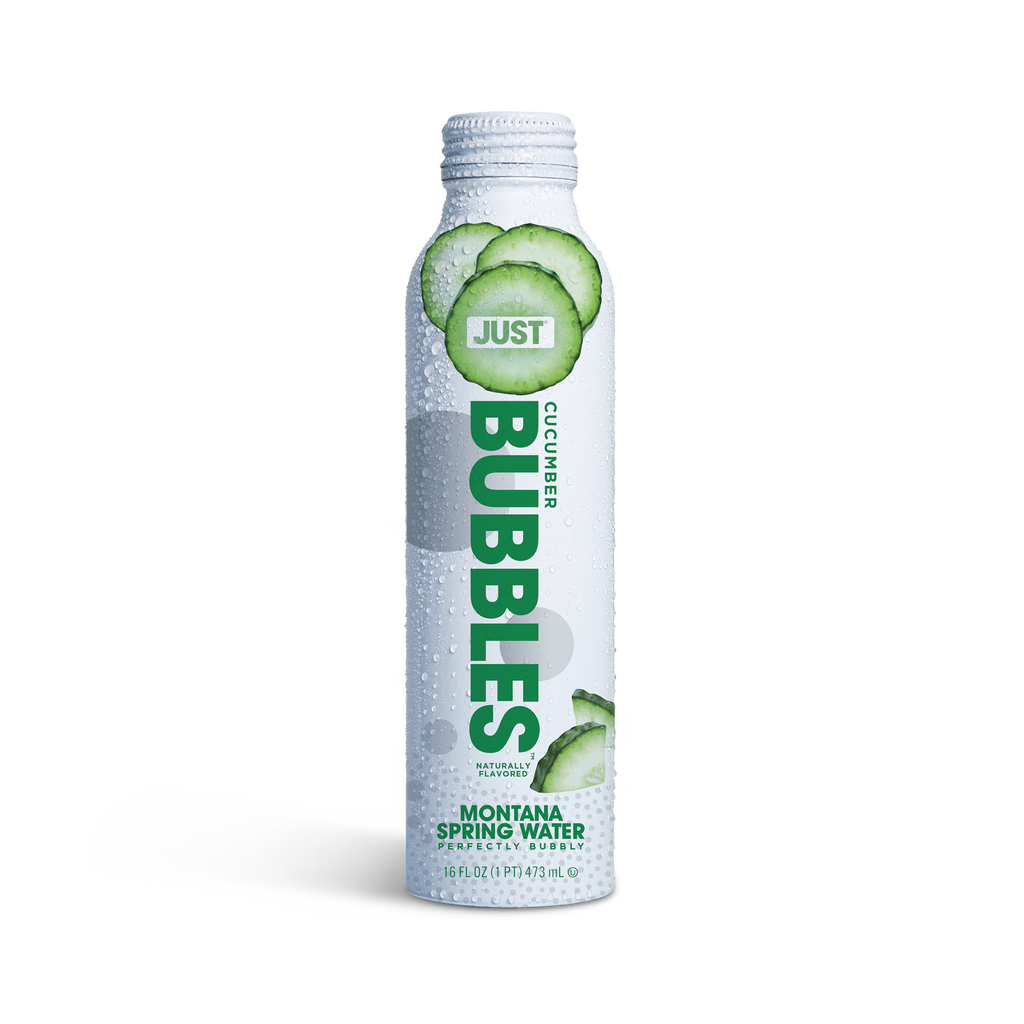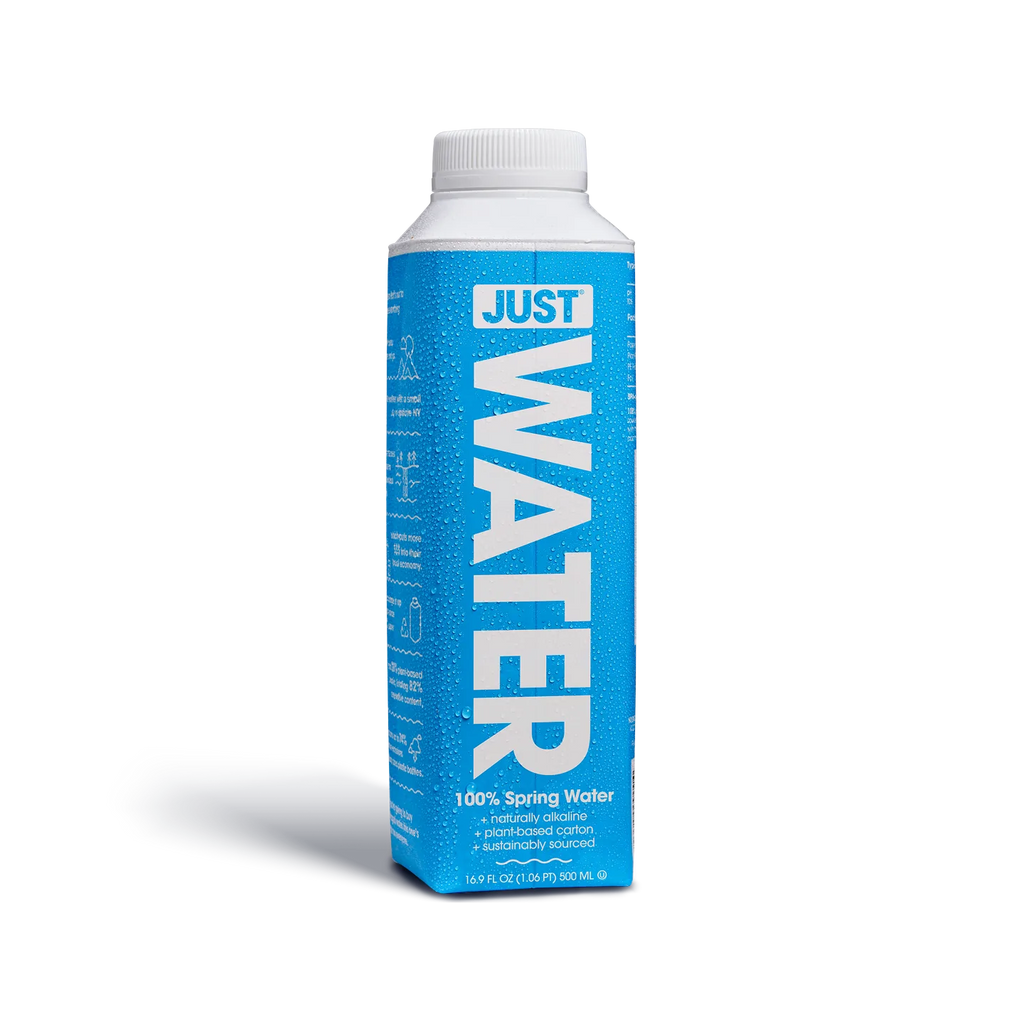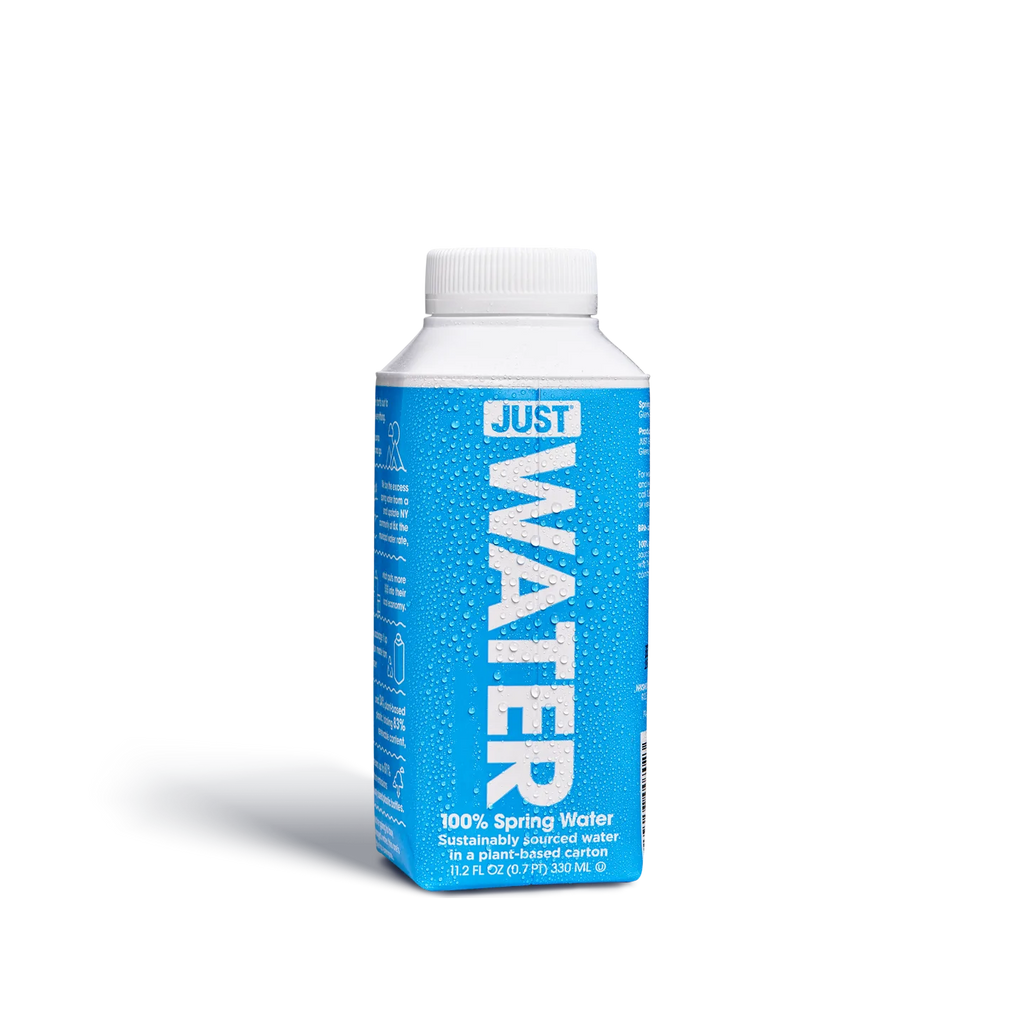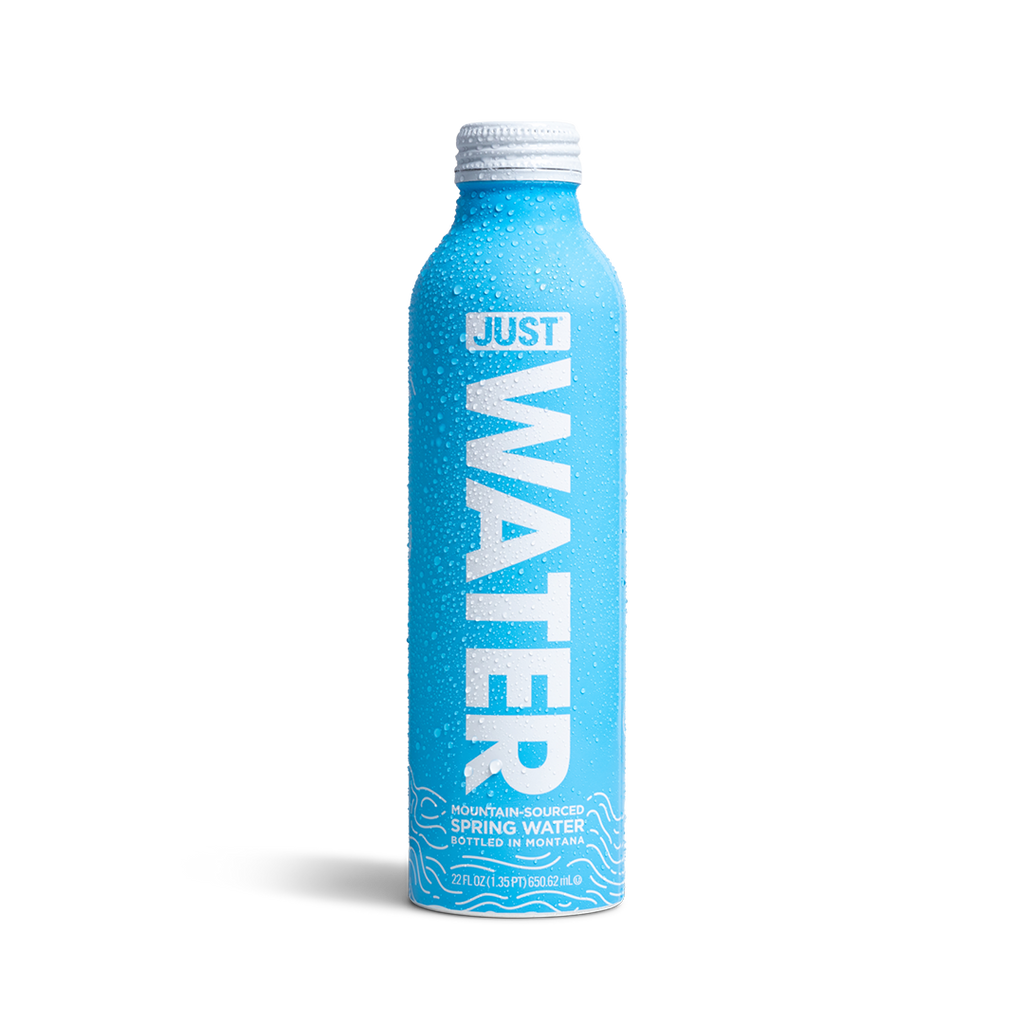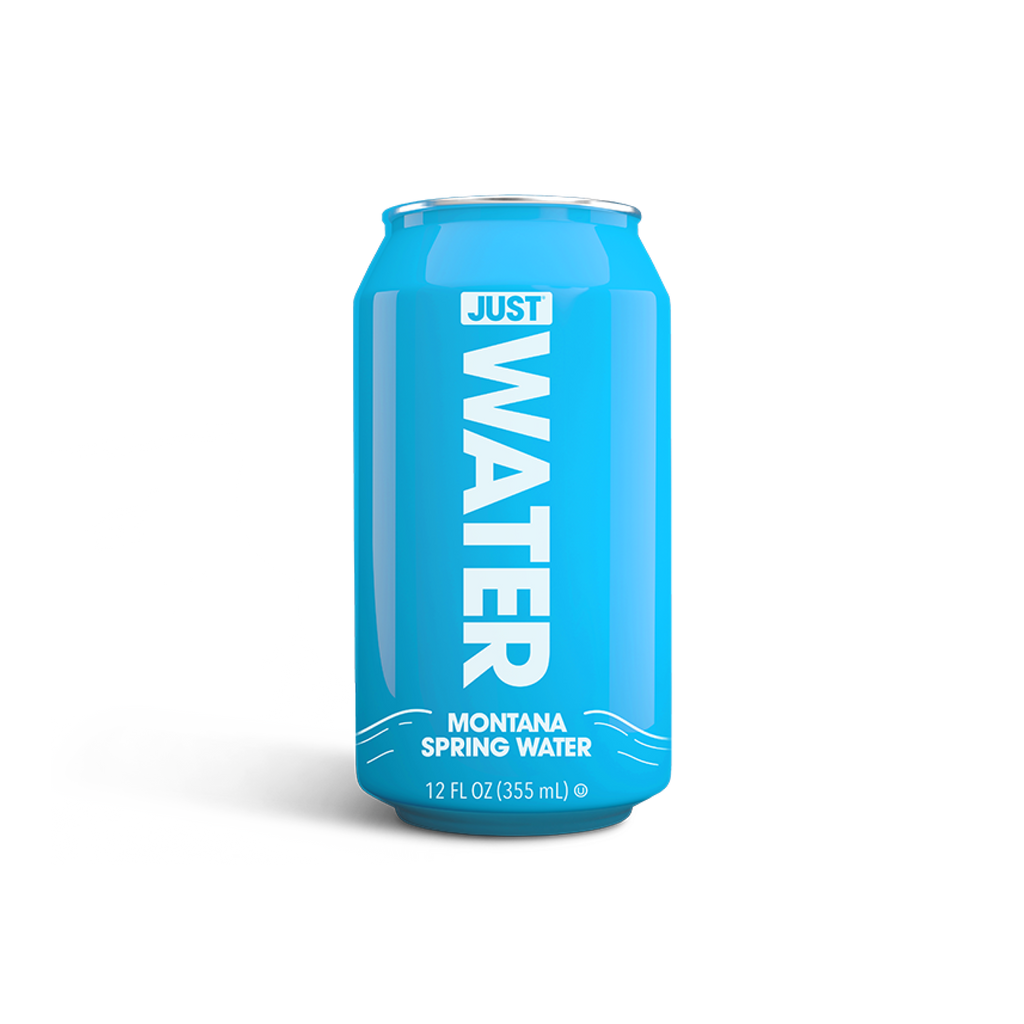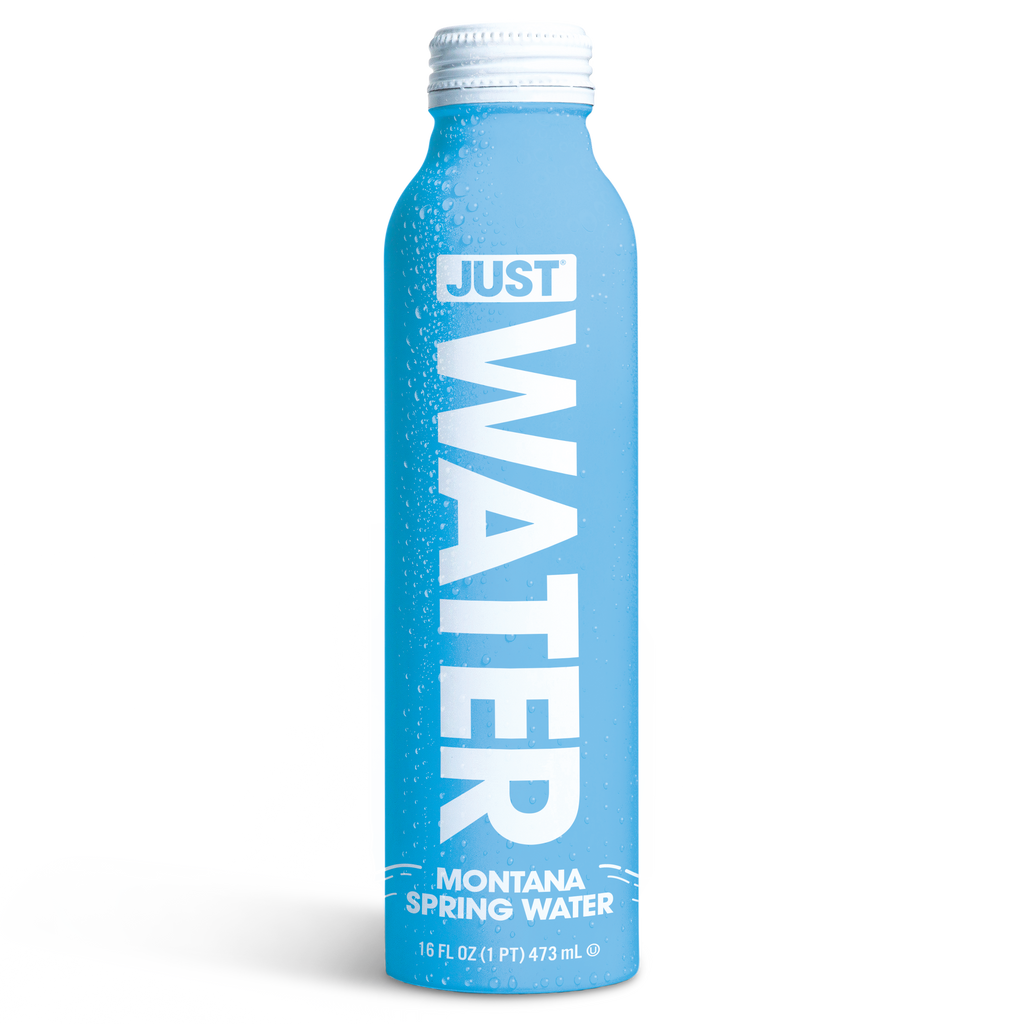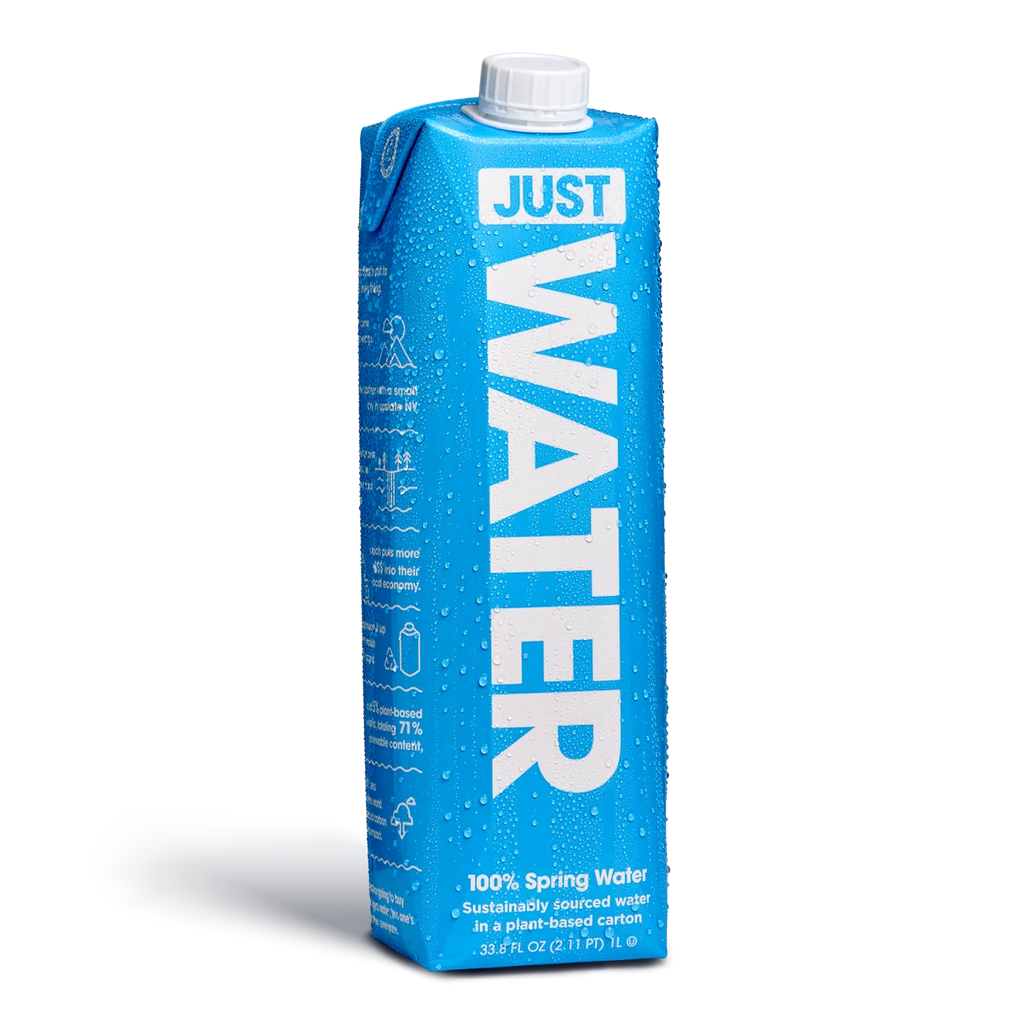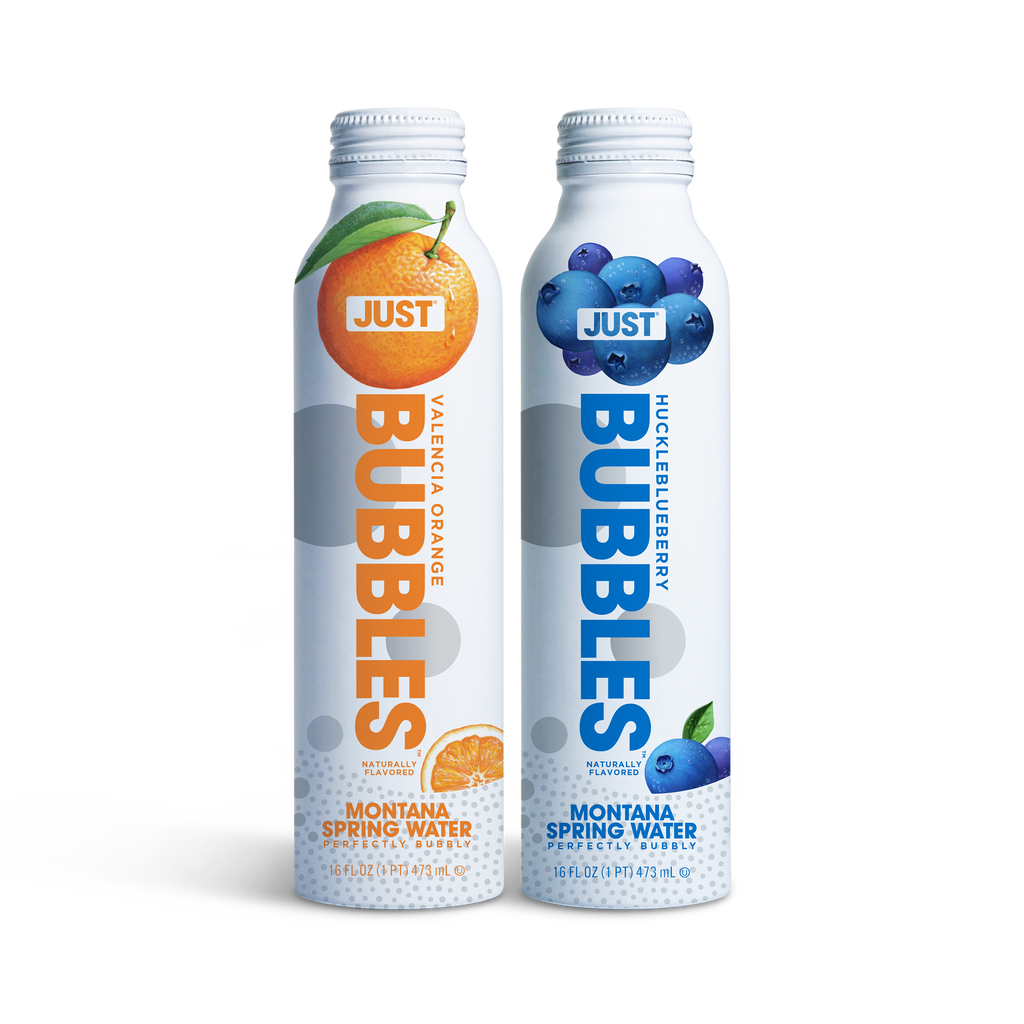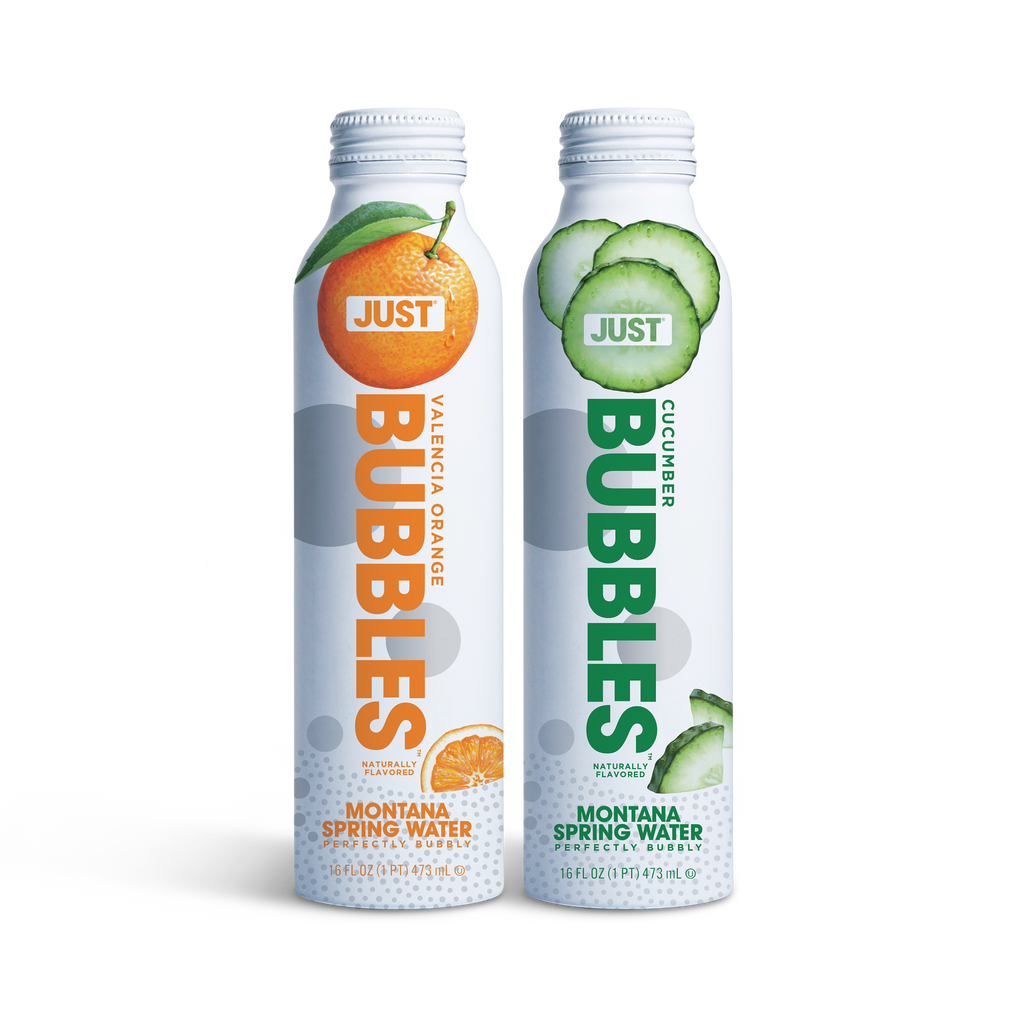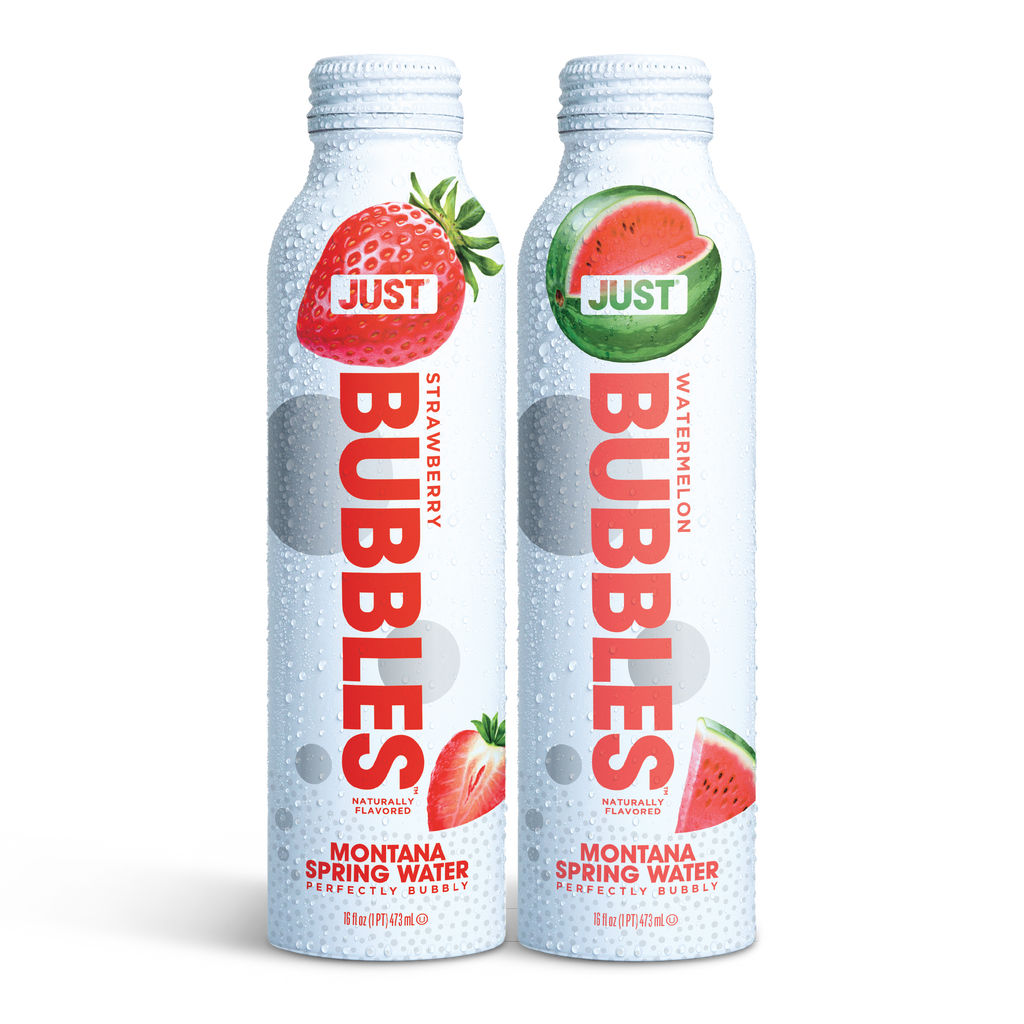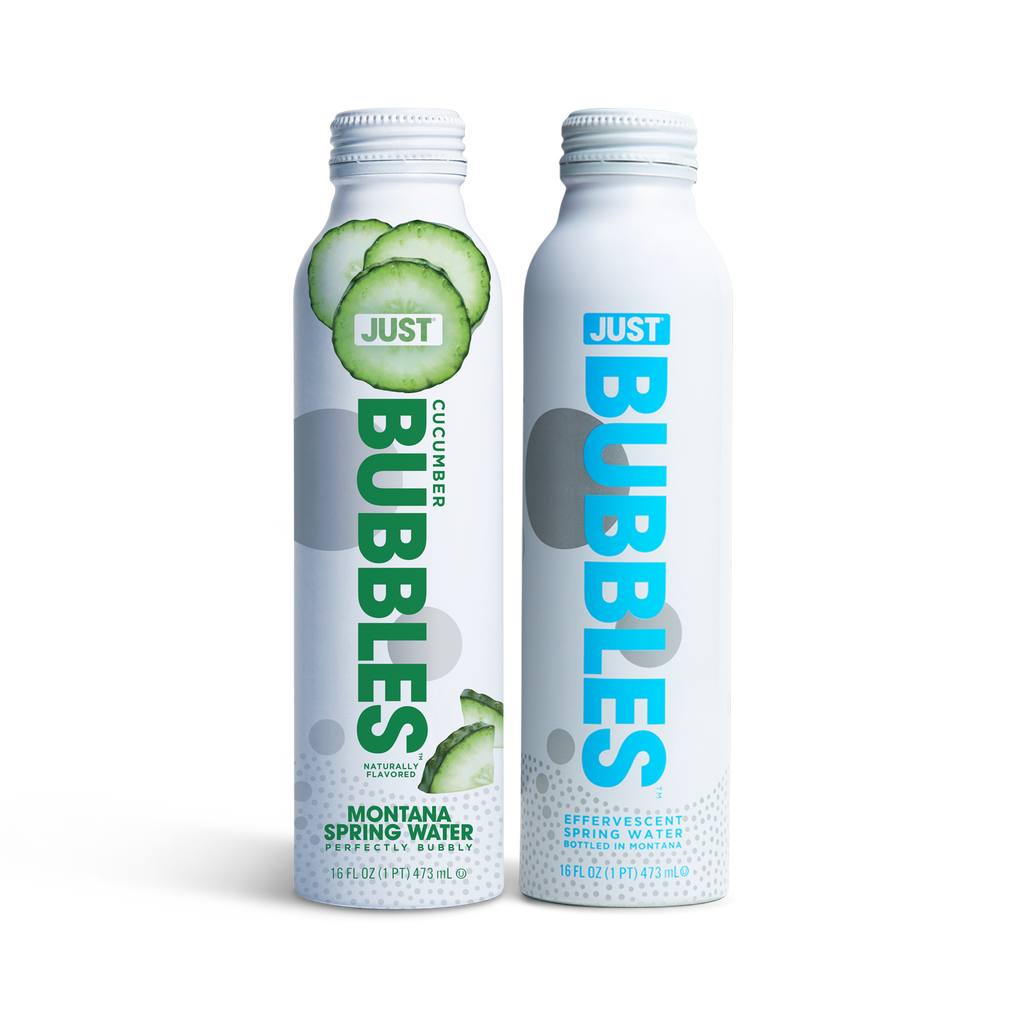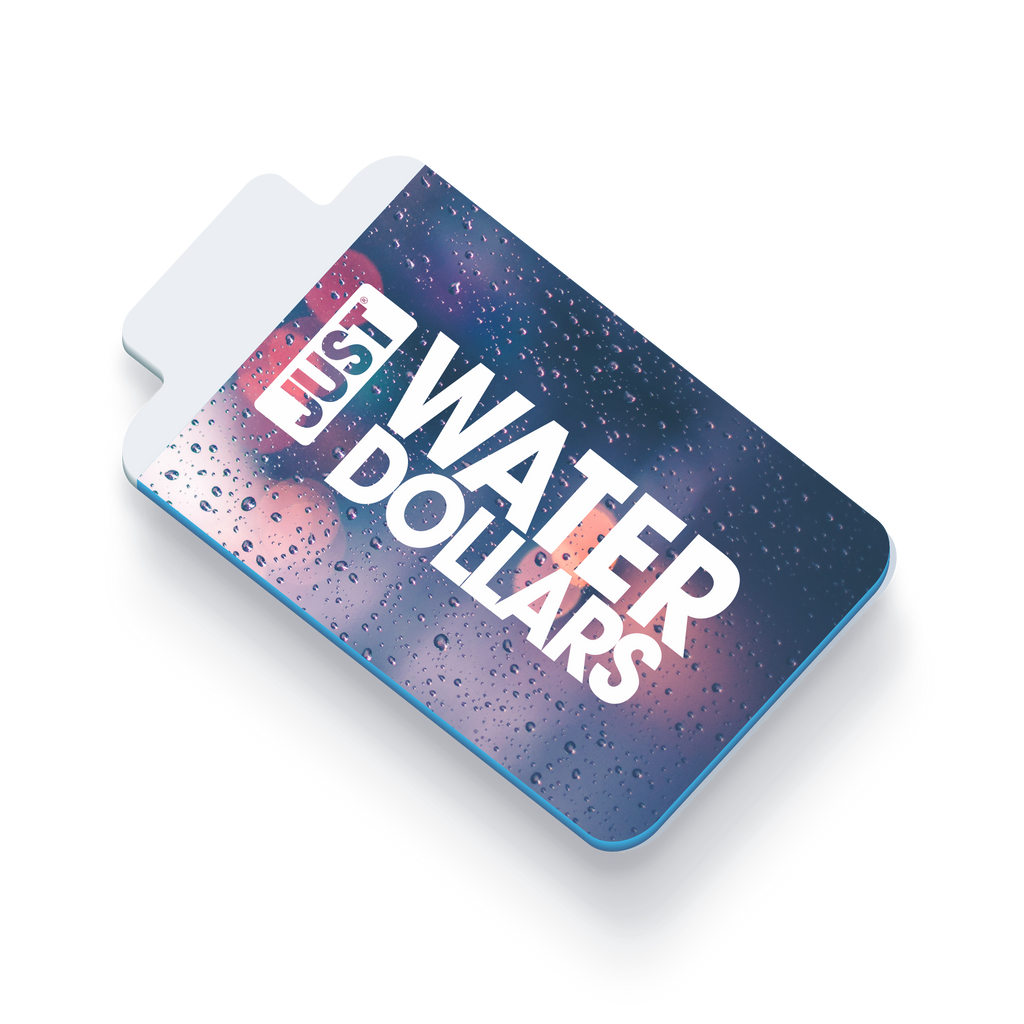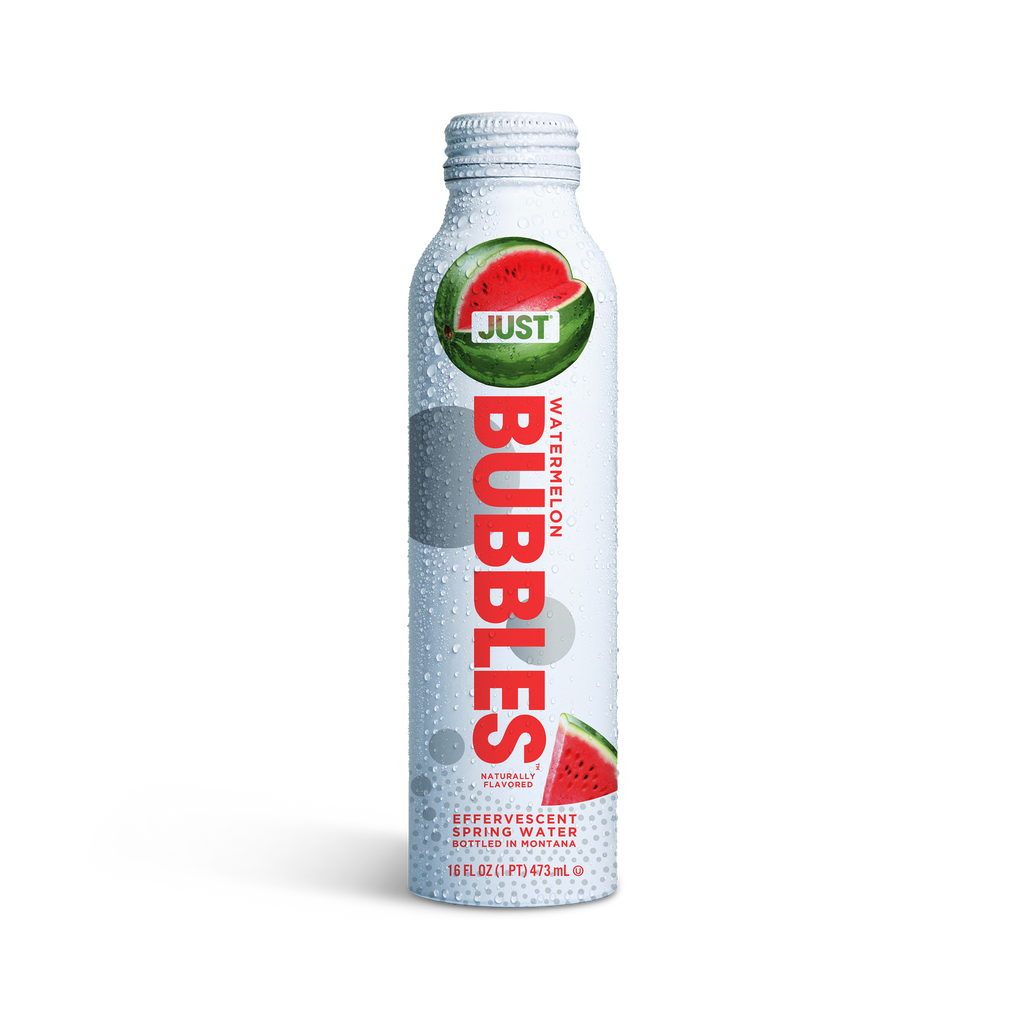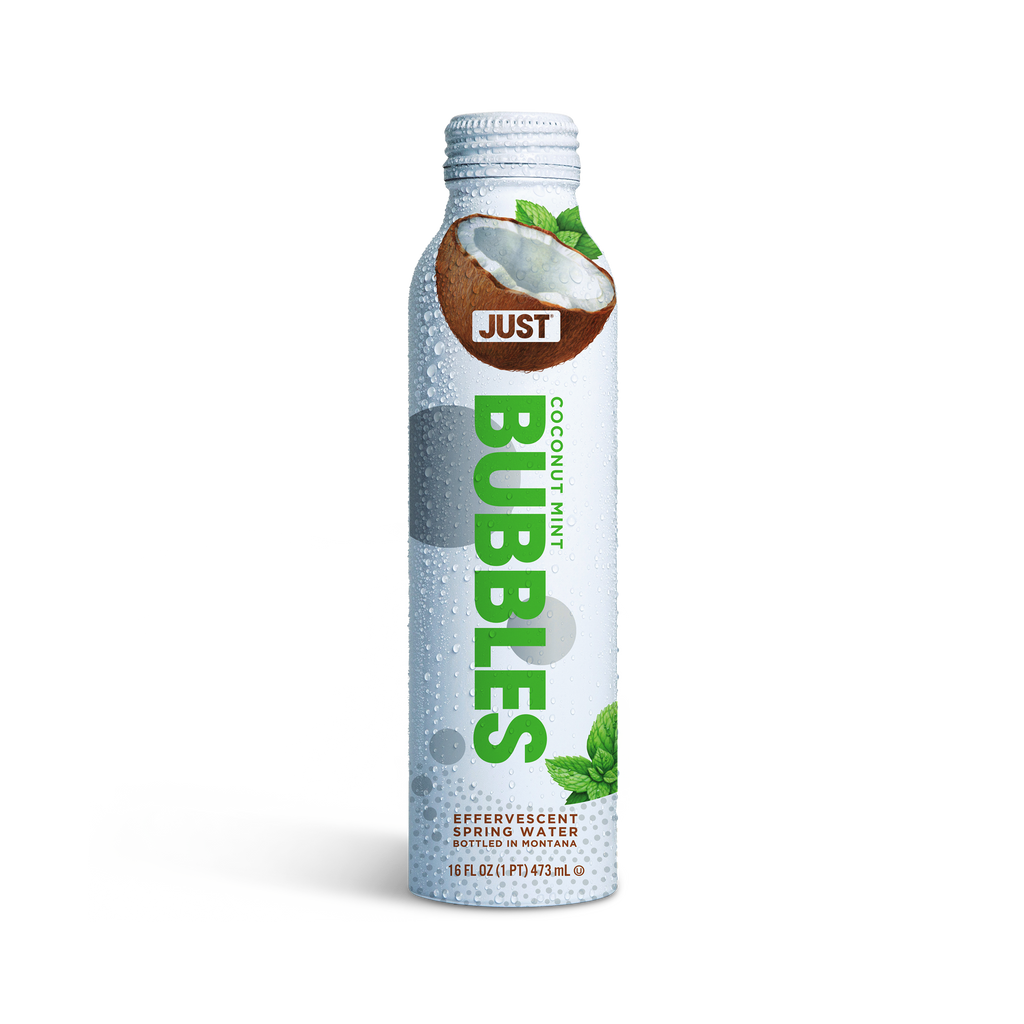SOLVING THE CLEAN WATER CRISIS
Written by Just Water
You take a long, hot shower and deep condition. You hydrate your plants, run the dishwasher, reach for a carton of water on your way to the gym. We rely on our easy access to clean water — it’s a necessity for survival, yet simultaneously a luxury — and we’re not even conscious of how much we use it in our day-to-day lives. It’s just there. Ready for use when you brush your teeth, flush the toilet, or run the washing machine. It all adds up. According to the Philadelphia Water Department, the average person uses 101.5 gallons per day. That’s almost three full bathtubs.
And on the same day, somewhere else, municipal water is unreliable or nonexistent. Whether it is full of lead, like in Flint, Michigan or more than half the country has no nearby access to clean water at all, like Papua New Guinea, Uganda and Ethiopia (among many others), water can be a deciding factor on your quality of life.
Let’s take a look at the impact the lack of clean water has on society, and the actionable steps that can be made to reduce the harm felt by affected communities.
A Lack of Clean Water (And How it Hurts Communities)
Every year, 3,575,000 people die from diseases caused by dirty water, such as diarrhea, dysentery, typhoid, hepatitis A, and more. According to the World Health Organization: “Absent, inadequate, or inappropriately managed water and sanitation services expose individuals to preventable health risks.” Emphasis on the keyword preventable. The lack of clean water also contributes to dehydration and the deprioritization of handwashing, which results in the spread of diseases among impacted communities. More children die each year from unsafe water than by bullets, reports UNICEF.
It boils down to a simple truth — the water crisis is an equality crisis. Women and children are primarily responsible for gathering water for the household. Collectively, women and girls spend 200 million hours every day collecting water. Additionally, the lack of toilet access costs them 266 million hours. That’s time not spent on education, with family, or on necessary household chores.
It also creates a barrier to economic success. If water and toilets were accessible to 1% more secondary school-aged girls in India, the country’s GDP would rise by more than $5 billion. Time spent gathering water not only negatively impacts household earnings but is also consequential to overall economic return. People living through poverty are often most impacted by the water crisis, and without access to such a straightforward necessity, the possibility for upward mobility is drastically limited.
What Can We Do?
It’s important to address an important fact about water scarcity — it’s not just places with a lack of secure infrastructure that are impacted. In fact, precipitation is anticipated to decline 20-25% by 2100 due to climate change. That means coming up with solutions for water access involves all of us, whether it be actual physical water scarcity or economic scarcity. What can we do to help everyone access (and continue to access) the water that they need?
Education and Awareness
Our lives are made better by water. Not having to worry about where and when you’ll be able to get it means you can focus on other things, as one of your fundamental needs is already met. We think that should be a possibility for everyone. Educating others about the gravitas of the water crisis — and how they can use their water more wisely — is a practical first step towards a more hydrated world. For example, did you know 70% of the world’s freshwater is used for agriculture? If we improve irrigation, we can have more water to go around.
A Focus on Infrastructure
A lot of us have no idea where we get our water from. The process normally involves several steps — like treatment plants and complicated pipe systems. In a lot of developing countries, this isn’t a current possibility. Many nonprofits that focus on improving water access, such as Thirst Project, invest in handpump freshwater wells. These can last up to 40 years if properly maintained and don’t rely on external power. Community members can be trained to maintain the wells and locally sourced parts.
Disaster Relief
When disaster strikes, our basic needs still need to be met. When Flint’s water infrastructure failed them, organizations across the United States worked to provide clean bottled water to the city’s residents. When we’re unable to provide instant, long-term solutions — sometimes providing the bare necessities can be enough to power communities through until a more permanent fix is available.
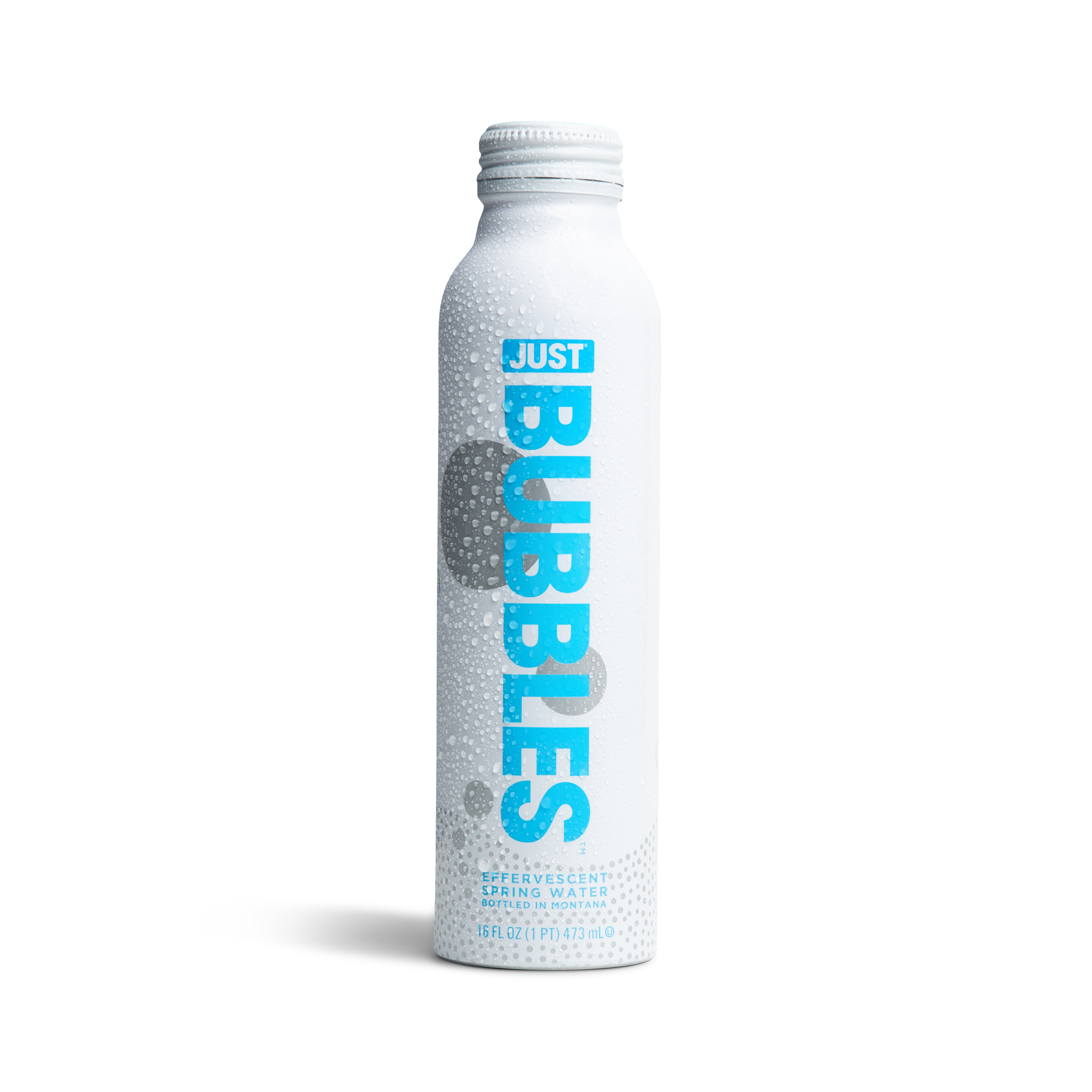
JUST WATER
Original Bubbles-- 16 fl oz | 24 Pack

